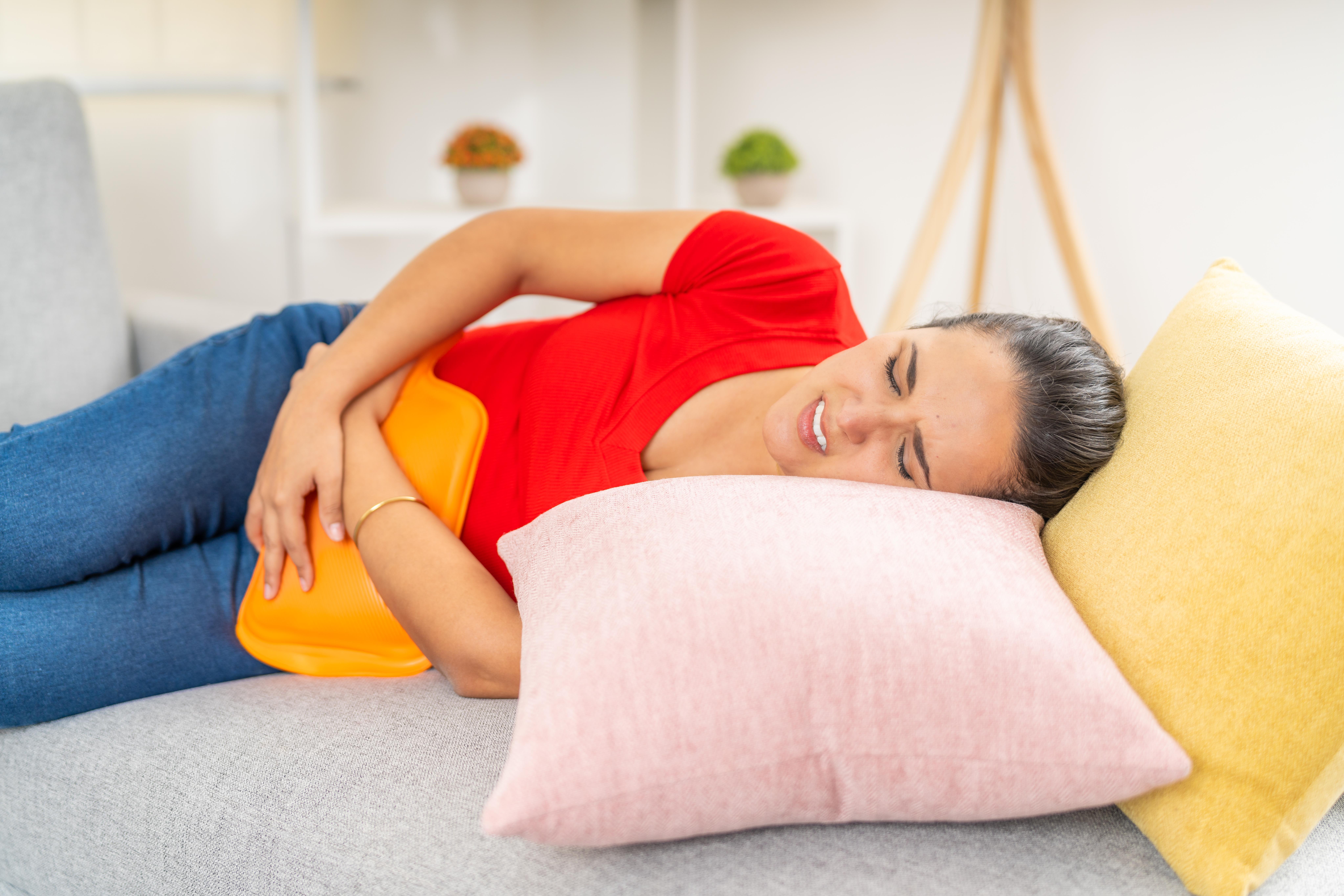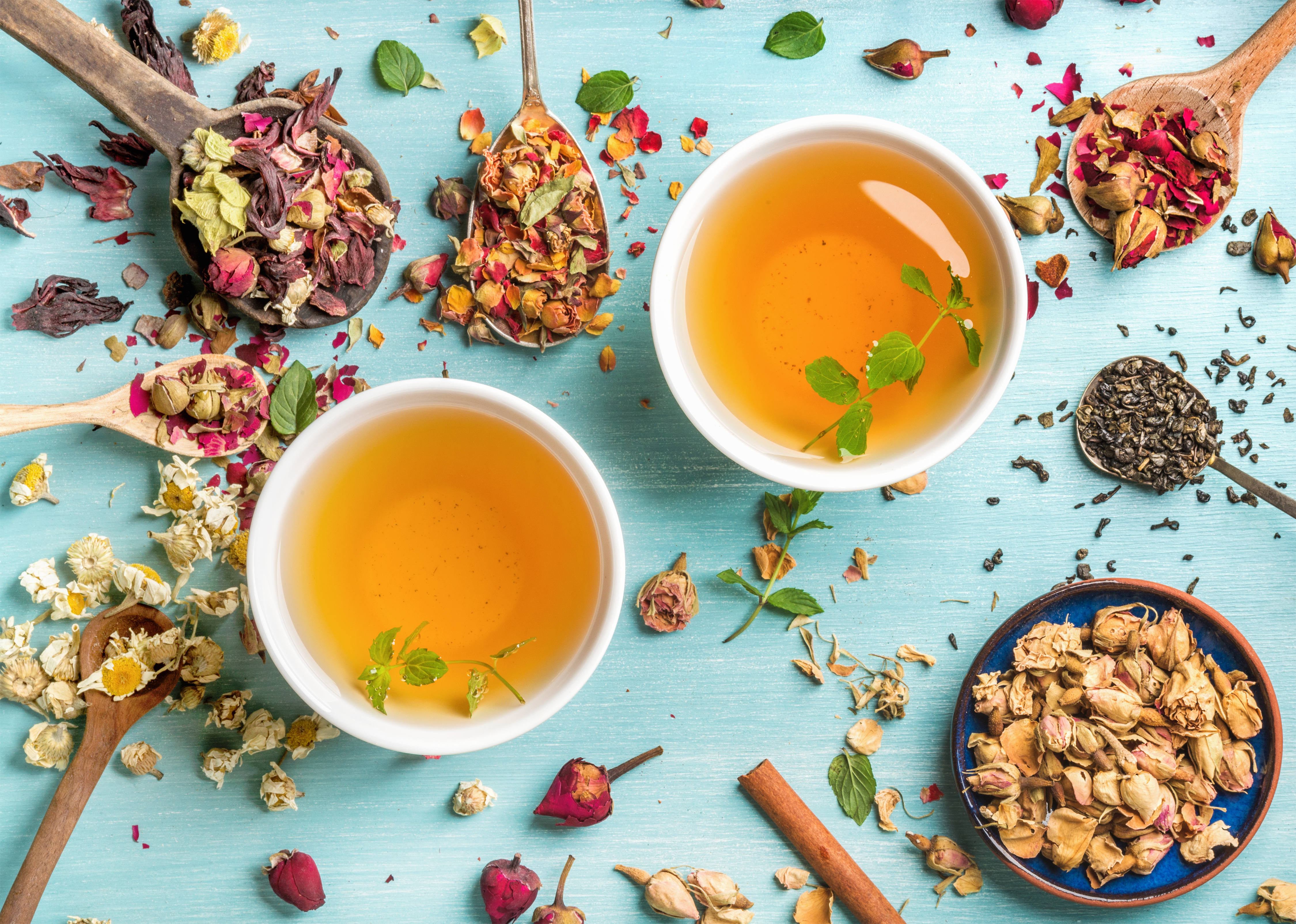10 Natural Ways to Soothe Menstrual Cramps
Menstrual cramps, medically known as dysmenorrhea, are a common experience for many individuals during their menstrual cycles. They occur due to the contraction of the uterine muscles as the body sheds its lining, a process that can lead to discomfort or even debilitating pain. While some experience mild symptoms, others may find their daily routines disrupted by severe cramping. This article delves into 10 soothing home remedies that aim to alleviate menstrual cramps, bringing comfort and ease into your life. By exploring these remedies, we aim to provide accessible solutions that can be seamlessly integrated into your lifestyle, offering relief without the need for medication.
1. The Power of Heat Therapy

Heat therapy is a time-honored remedy for easing menstrual cramps. The application of heat helps relax the uterine muscles and increase blood flow, which can reduce pain. A hot water bottle or a heating pad placed on the lower abdomen can provide immediate relief. Studies have shown that heat therapy can be as effective as over-the-counter pain medications. For those seeking a more immersive experience, a warm bath infused with essential oils like lavender or chamomile can further enhance relaxation. The soothing warmth not only alleviates cramps but also promotes a sense of overall well-being.
2. Herbal Teas for Menstrual Relief

Herbal teas have long been used as natural remedies for various ailments, including menstrual cramps. Chamomile tea, for instance, contains anti-inflammatory properties that can help soothe the muscles of the uterus. Ginger tea is another excellent choice, as it is known for its ability to reduce inflammation and pain. Consuming these teas regularly during menstruation can not only ease cramps but also help alleviate other symptoms such as bloating and mood swings. Additionally, the ritual of preparing and sipping a warm cup of tea can be a comforting practice in itself.
